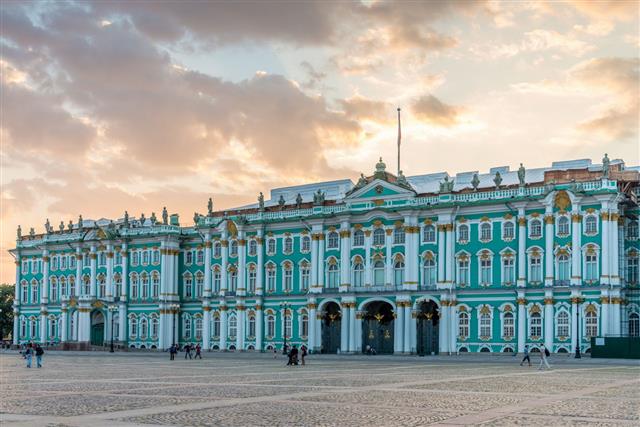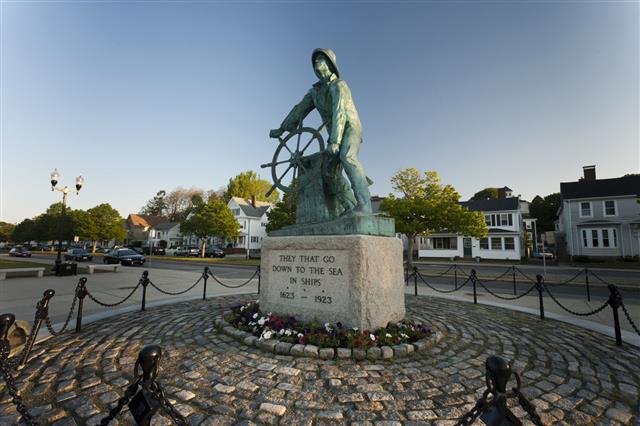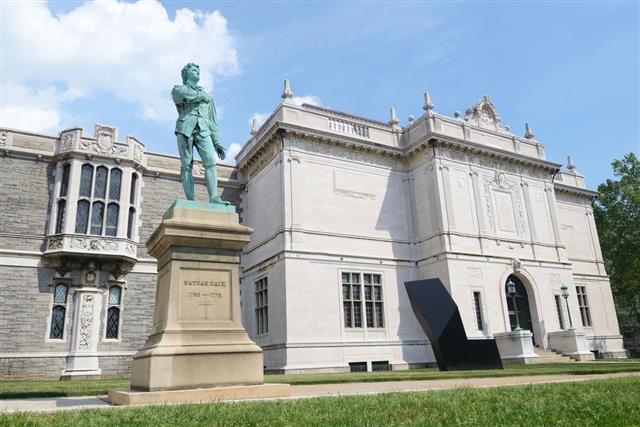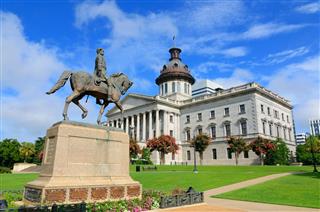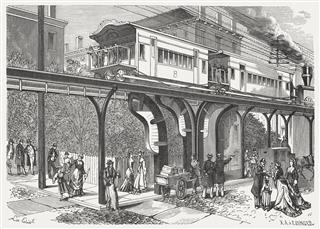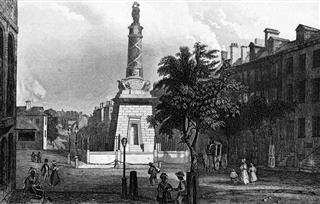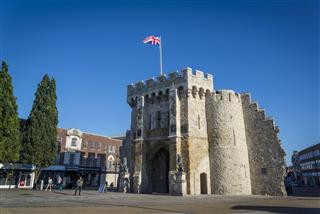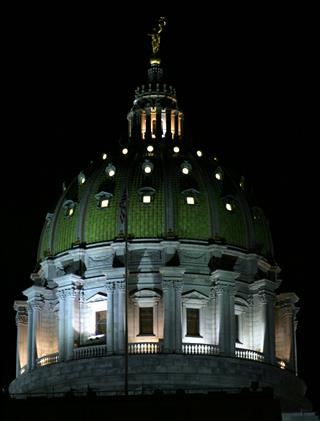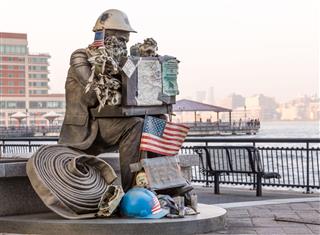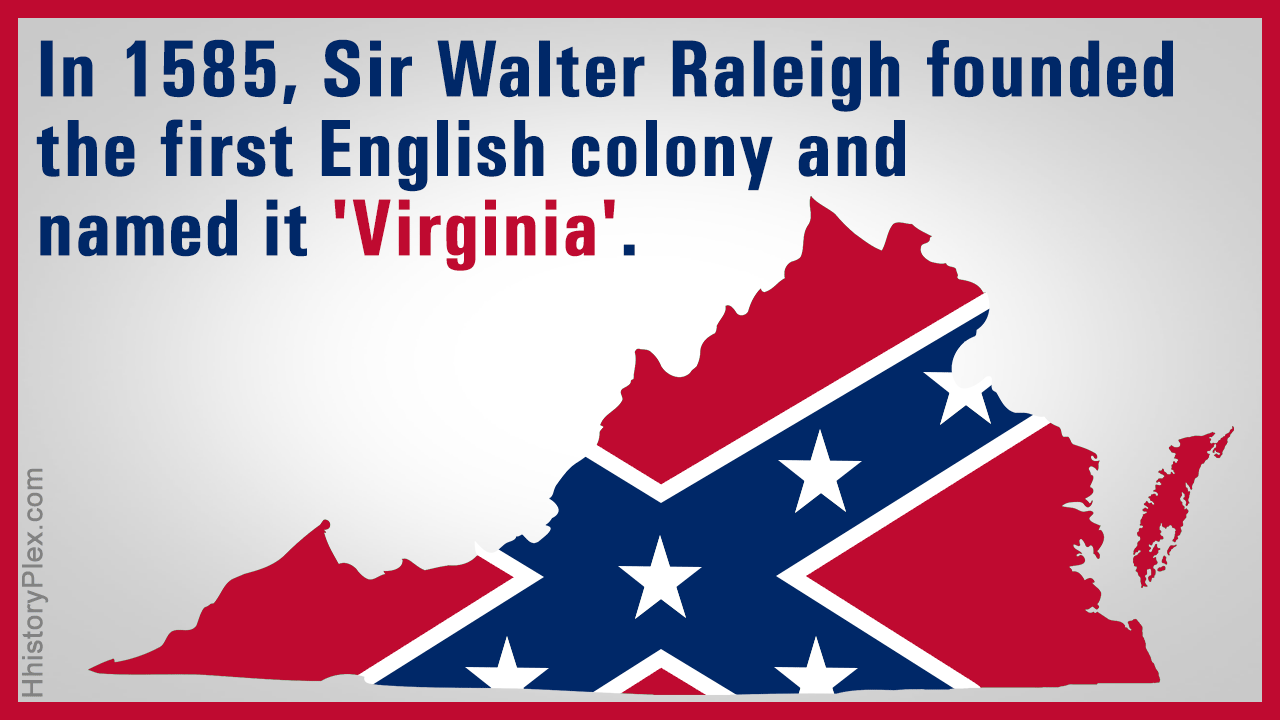
The United States of America declared Independence on the 4th of July, 1776. The thirteen British colonies on the eastern coast of America played a vital role in the formation of this country. Some facts about the thirteen colonies are mentioned here.
The Thirteen Stars
- Virginia
- New York
- Massachusetts Bay
- New Hampshire
- Maryland
- Connecticut
- Rhode Island
- Delaware
- North Carolina
- South Carolina
- New Jersey
- Pennsylvania
- Georgia
In 1585, Sir Walter Raleigh founded the first English colony at Roanoke in North America. He named the colony as Virginia after Queen Elizabeth I. However, the expedition being funded by himself, the Roanoke colony couldn’t generate a stable revenue and was thus discarded. Modern America came into existence in the 17th century, with the establishment of the Virginia Company. In 1607, John Smith established the first British colony, named Jamestown, in Virginia. In the same year, a few months after John Smith, George Popham established a colony in Maine. Here are some facts about the thirteen American colonies.
Virginia
John Smith, and a number of rich Englishmen, sailed through the Chesapeake Bay to reach the Powhatan’s river. They settled along the banks of this river and named it as ‘James river’ after King James I. The English government sent many Englishmen to this new settlement, luring them with promises of discoveries of gold. Unfortunately, no gold was found in Virginia. The immigrant Englishmen did not know farming and thus, had no means of making a living. Many died in attacks from native tribes or due to starvation or epidemics. In the year 1610, known as ‘Starving Time’, 90% of the population of Virginia perished. Nine ships were sent to Virginia from England, but they were caught in a hurricane. One of the survivors of this voyage was John Rolfe. He started the cultivation of tobacco in Virginia in 1612. Due to the cultivation of the sweeter, more popular strains of tobacco that Rolfe introduced, the colony of Virginia became a prosperous enterprise.
New York
Peter Minuit, a Walloon explorer, bought the island of Manhattan from local tribes in 1626. He paid the native Lenape people 60 guilders for the land. According to the Institute for Social History of Amsterdam, this sum corresponds to about $1000 in 2006. Though the harbor of New Amsterdam was suitable for trade, Dutch colonists made money through piracy. The British conquered New Amsterdam in 1664 and renamed it as New York after the Duke of York. It was recaptured by the Dutch in 1673, only to be relinquished permanently to the British, a year later.
Massachusetts Bay
In 1608, English separatists left England and settled in Holland. In 1620, they decided to emigrate to America. These separatists, also called Pilgrims, came to America in the ship Mayflower. The Mayflower carried 102 passengers to a place called Cape Cod Bay. They settled in a harbor near Cape Cod Bay and named it as Plymouth harbor. John Alden, William Bradford, William Brewster et al., were some of the famous men who sailed to America in the Mayflower. The Mayflower Compact, signed by 41 men, laid the foundation of the governing law in America. It states that one should have:
- Faith and belief in God
- Loyalty towards the King of England
- Equality amongst each other
- Ability to establish democratic laws
Englishmen who wanted to reform the ideologies of the Christian Church were called Puritans. They came to the New World, ten years after the Pilgrims. Their company was called Massachusetts Bay Company. John Winthrop was the Governor of Massachusetts Bay Company which had 1000 Puritans. They initially decided to stop at Salem, but then settled in the Shawmut Peninsula of Massachusetts Bay.
New Hampshire
In 1623, John Mason formed a fishing company in Massachusetts. He sent some fish merchants and a number of other people to a place near the mouth of Piscataqua river. They named this place, now known as Town of Rye, as Little Harbor. Fishing business flourished in this province. This colony was under the British reign and was previously known as North Virginia. Later, King James I changed its name to New England. This colony came under the legal power of Massachusetts in 1698. Scottish and Irish people formed a large part of the population of this colony.
Maryland
King Charles I sent Cecil Calvert to America to form the colony named Maryland. Cecil Calvert was the second Lord Baltimore. Maryland was named after King Charles’ wife, Queen Mary. People who adopted Maryland as a new home wanted to get away with the unfair and unjust treatment meted out to them by the Church of England. Annapolis was declared as the capital of Maryland in 1694.
Connecticut
In 1636, many people from Roxbury settled down in a place on the banks of the Connecticut river. They named this place Woodstock after Oxford. The Dutch used this place as a trading post. Later, in 1749, a separate colony of Connecticut was formed.
Rhode Island
In 1636, Roger Williams and a number of other people left the Massachusetts Bay colony. They wanted to be rid of the religious restrictions in Massachusetts Bay and desired to have the freedom to worship in their own way. In 1663, Rhode Island became a separate colony with the consent of King Charles II. People from various religious sects settled in Rhode Island due to its religious freedom. However, this later led to fights amongst these sects.
Delaware
In 1609, Henry Hudson, along with many Spaniards and Portuguese, explored the coastline of Delaware. Later, in 1631, a Dutch trading company was established on this coastline. However, native Indians set their buildings on fire and no one survived this attack. Finally, in 1638, the Swedes formed the first permanent settlement of Delaware. Delaware was a Swedish colony until the Dutch governor, Peter Stuyvesant, brought it under Dutch rule in 1655. Sir Robert Carr established British rule over Delaware in 1664. Interestingly, the colony of Delaware was never ‘legally’ a colony, but has always been considered so.
North Carolina
Sir Walter was the first Englishman who came to this tribal region located between the British colony of Virginia and the Spanish colony of Florida. Three tribes, viz. Iroquoian, Siouan and Algonquian lived in this territory before the British arrived. The colonization of North Carolina started in the 1650s. The province of Carolina was split into the North and South halves in 1712.
South Carolina
Even after being declared an independent province, South Carolina continued to be ruled by the same Lords Proprietors who ruled North Carolina. The colonists revolted against the Proprietors and South Carolina became a royal colony in 1720. Nine years later, the British government bought out seven of eight Lords Proprietors and both the Carolinas came under the rule of the Crown. The plantations in South Carolina closely resembled the plantations in West Indies.
New Jersey
In the 16th century, Italian explorer Giovanni da Verrazzano first came to New Jersey, though he didn’t set up a permanent establishment. The Dutch took over New Jersey when they lost New Amsterdam. The Dutch and the Swedes surrendered their lands in the New Jersey region to the British in 1664. As was so often the case, the British anglicized the name of the territory. This territory was divided into two halves: one under the supervision of Sir George Carteret and the other under Lord John Berkeley.
Pennsylvania
In 1682, King Charles II gave William Penn a part of the land between Maryland and New York because he owed a debt to Penn’s father. Penn also planned and brought about the construction of the city of Philadelphia. In 1681, William Markham, cousin of William Penn, became the Governor of Pennsylvania. Benjamin Franklin and Thomas Paine, two of the most illustrious figures in the American Revolution, were citizens of Pennsylvania.
Georgia
The southernmost British colony in America was Georgia, named after King George II. The province of Georgia was founded to act as a buffer against Spanish expansion from Florida. James Oglethorpe was the founder of this colony. He was granted permission by King George II in 1732. Oglethorpe wanted to provide deserved land to the ‘worthy poor’ from England. He made Georgia a slavery-free state. Since Indians were overwhelmingly influential in Georgia, Oglethorpe made truce with the locals, ensuring their cooperation.
Under the British regime, these colonies were classified according to their geographical location as New England, Middle colonies and Southern colonies. These colonies formed the cornerstones of the great nation, now known as the United States of America.
